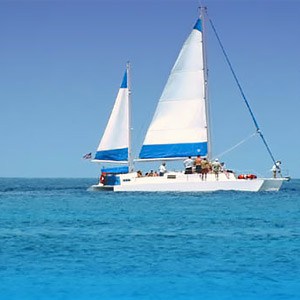Please Register / Login to take part in discussions about the Virgin Islands.
Silly thread for a little discussion.
The wife and I were driving around in my Jeep today with the top off here in Indiana (hey, it was about 70 today ;)) and got to talking about St John. Discussion went to the donkeys for some reason. So...
Where did the donkeys come from/why are they there? Also, does the National Park Service thin the numbers ever? Are they protected (I would assume they are being a Park and all)?
I suppose I could look it up, but would rather "hear" from you all. 🙂
It is my understanding that the donkeys, goats, pigs, cattle, etc., are the descendents of the animals that were freed during the slave revolt of 1733. There is no hunting allowed on STJ,or in any National Park, so, yes they are protected, to a degree. Sometimes a drunken visitor will hit one on the way back to his hote/villa/campsite and destroy it. Please observe all posted limits on our roads. I remember a couple years ago there was a fellow on STX who hit a horse and he died...well, the horse probably did, too.
The donkeys were brought in from God knows where to work the sugar cane fields. I remember hearing or reading that somewhere. They are sometimnes a problem and some of the bad ones have been eradicated by the Park believe it or not. Some were packed up and shipped to St. Croix. They were even taking about giving them some sort of sterility shots. The Park is on top of the issue.
Ronnie
Oh I'm not looking at hunting or killing them, I was just curious if the parks did things to keep the population down. Ron answered that part. 🙂
The state parks here in Indiana do have hunts every year to thin heards of deer. I wouldn't think it would be so fun to hunt donkeys. 😉
Hello,
Hogs, goats, rats and mongooses are on their list too. They are considered non-native and their populations are controlled to prevent damage to native plants and critters.
The Park management page has pdf files on their decisions concerning donkeys, goats etc. If you are interested in reading more on it: http://www.nps.gov/viis/pphtml/documents.html
--Islander


